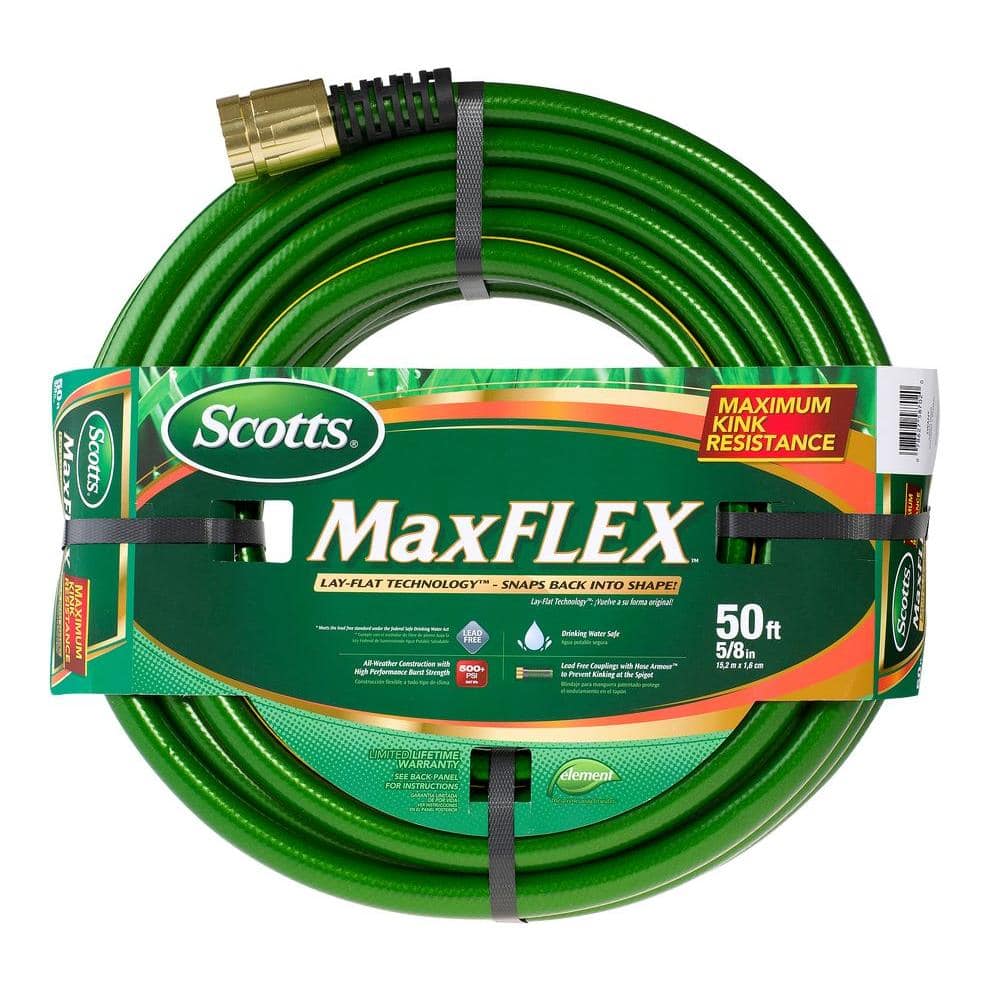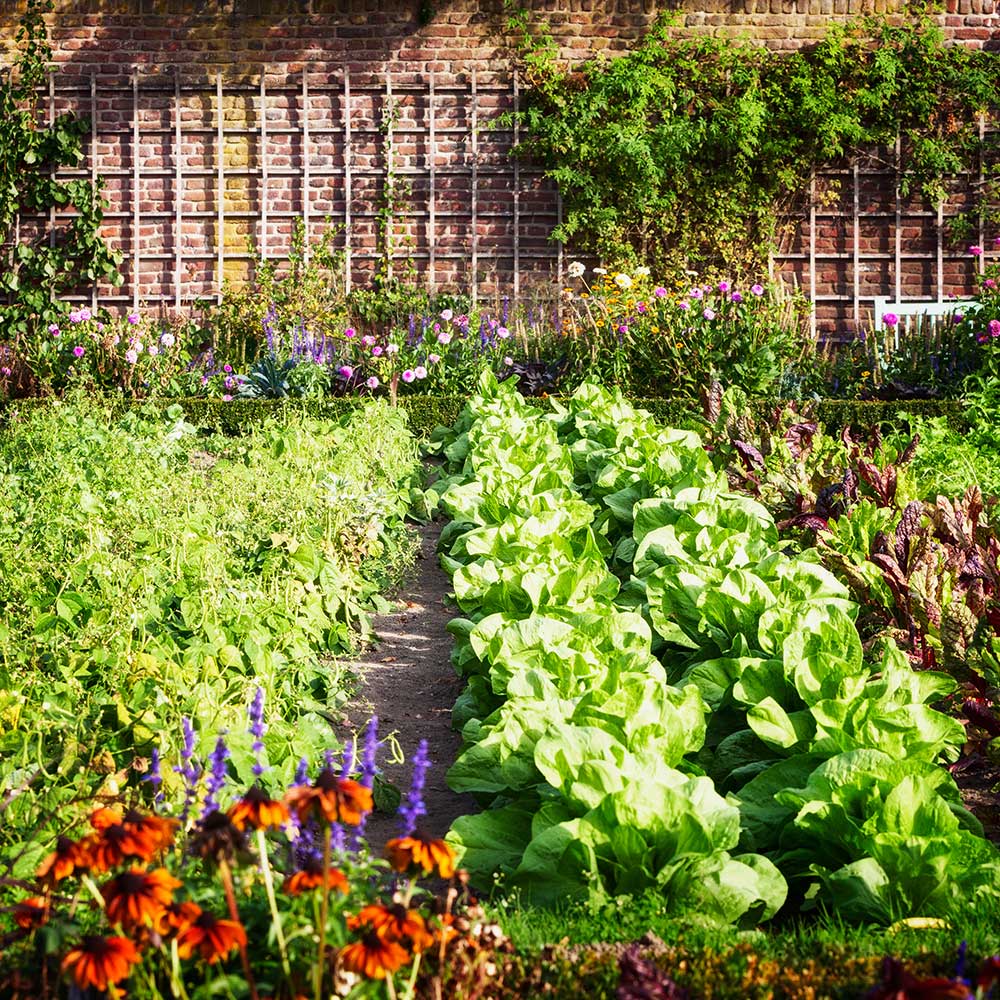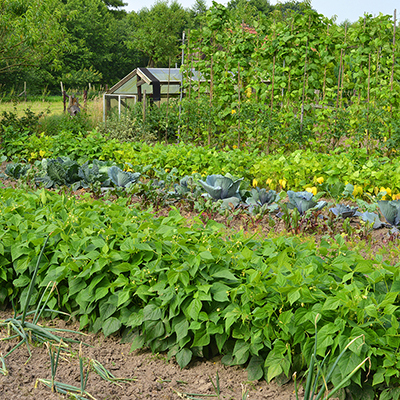Tips for Growing Vegetables in Summer
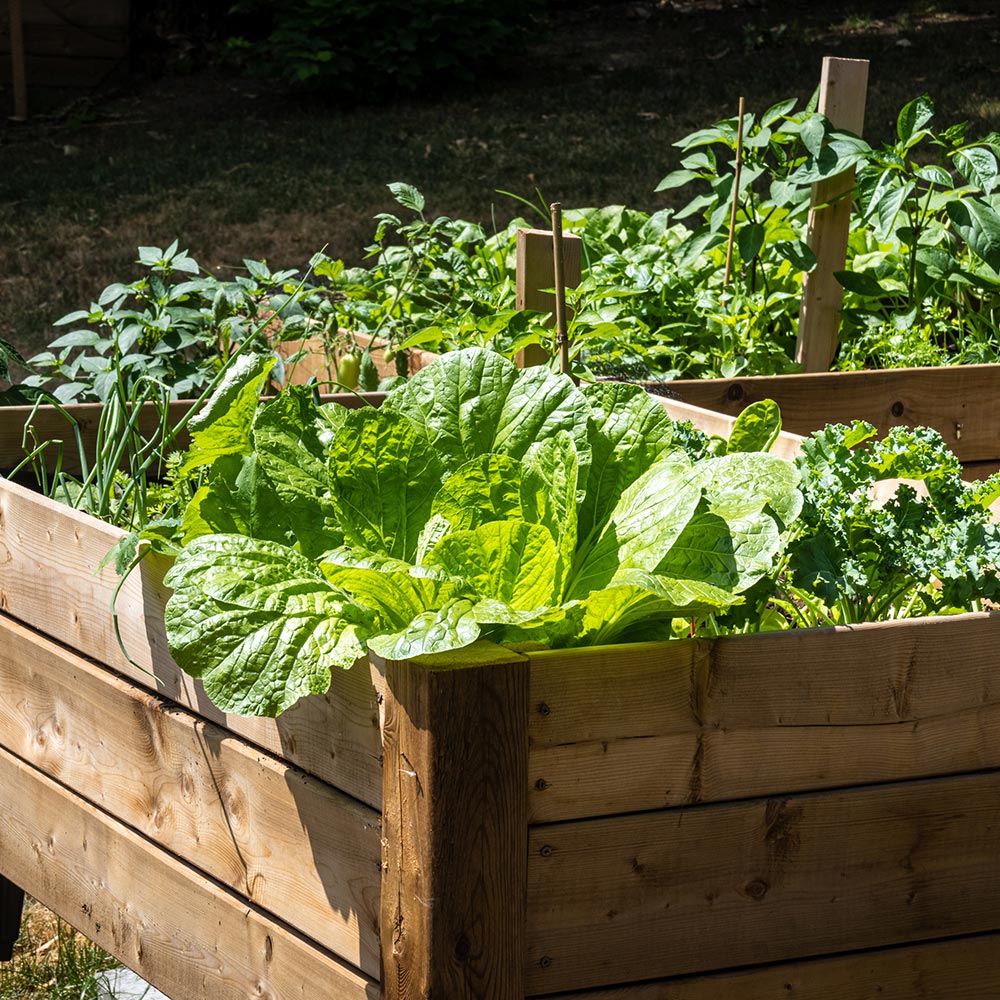
Last updated September 7, 2023
Summer is the most exciting time to be a vegetable and herb gardener, with abundant produce ready to harvest. But in many ways, it can be the most challenging. Once the hard labor like installing beds, amending soil, seed starting and transplanting is done, all you need to do is keep the weeds down and make sure everything’s watered, right? Think again.
As temperatures soar in mid-summer, you can have problems with pests like insects that attack your plants, or deer that demolish them. Sometimes, drought conditions lead to problems of excessive heat and too little water. You'll recognize these problems when you see misshapen or cracked fruit, or defoliated plants.
Learn how to manage late summer problems in your vegetable garden. When nature isn't playing nice, it's time to take matters into your own hands.
Table of Contents
Water Management
Pest Management
Problems with Tomato Plants
Succession Planting
Decide on a Garden Size
Pick Your Plants
Water Management
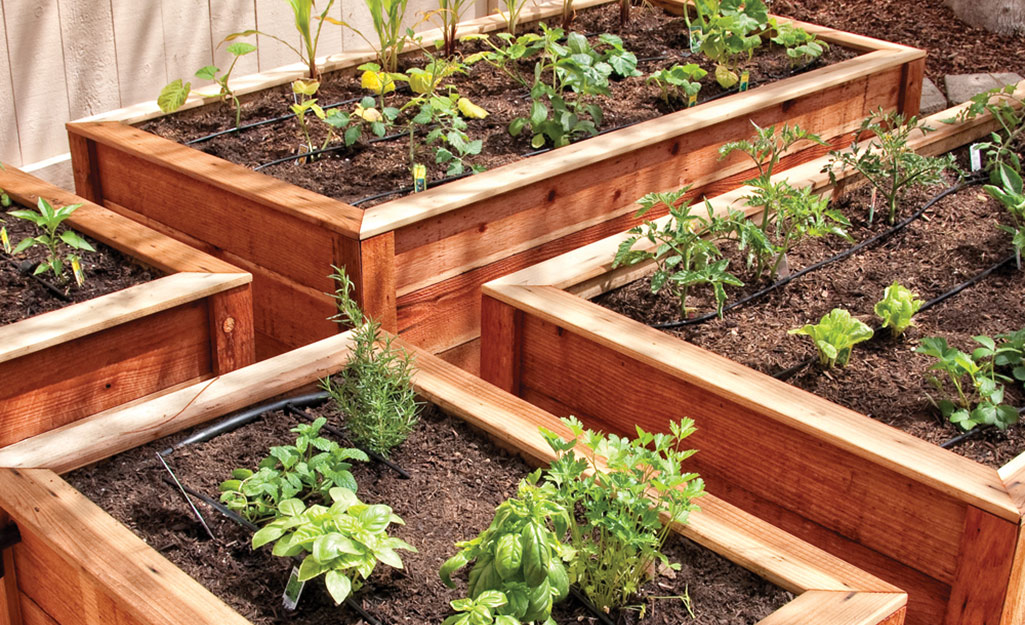
Vegetable gardens need at least an inch of water a week to survive the summer, even more if temps are unusually hot. Water early in the morning for best results. If you're under drought restrictions, follow municipal guidelines and learn more about using rain barrels and drip irrigation.
A 2 to 3-inch layer of mulch in your vegetable garden will suppress weeds, cool the soil and hold in moisture. The weeds won't have a chance to compete for water, and the blanket of mulch slows evaporation. Used with a soaker hose and a digital hose timer at the spigot, it can give your vegetables just the right amount of water at just the right time of day.
Pest Management
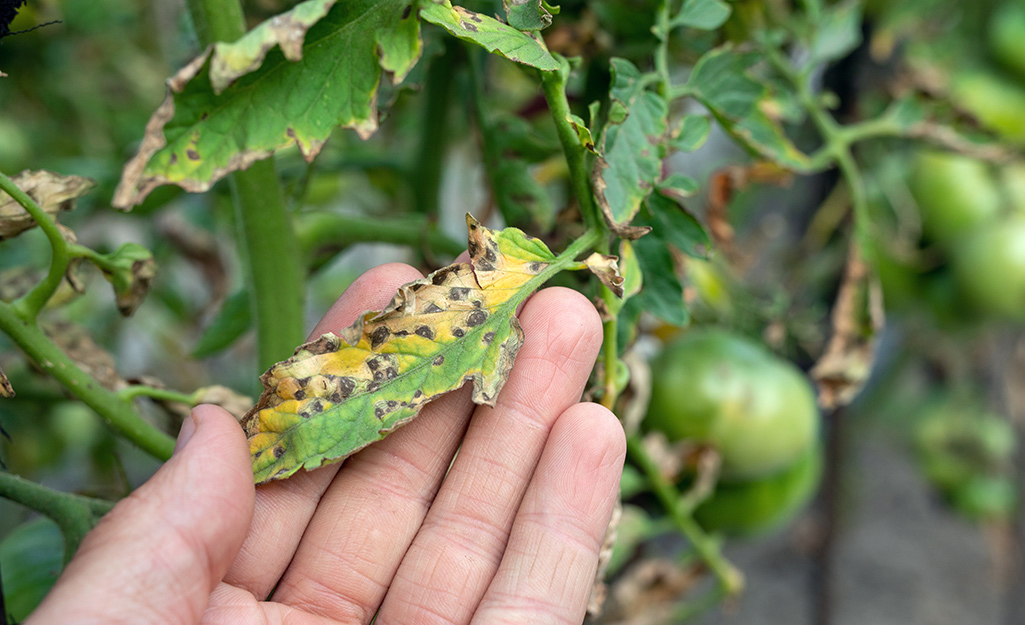
The best first step in pest management in your garden is prevention. And the best way to do this is to scout your garden on a daily basis to be aware when a problem first appears. Observe your plants and look under leaves where insects lay their eggs.
If you see eggs or bugs, it's not necessarily a bad thing; just 3 percent of bugs are considered bad, with the other 97 percent being beneficial or benign. So odds are, it's a good bug that is helping with pollination or reducing the population of bad bugs.
The next step is to correctly identify the pest so that you can determine its life cycle and the best method for controlling it.
Sometimes, the insect is a bad guy and you'll need to take action. For an aggressive caterpillar like the tomato hornworm, that can defoliate a tomato plant in a day, fill a bucket with soapy water, hand pick the critter (it's okay to wear gardening gloves) and drop it into the soapy water.
Sometimes, nature takes care of the problem for you. Beneficial insects like lady bugs and green lacewings like to dine on young caterpillars. Learn about attracting beneficial insects that will feast on the bad bugs.
As your garden matures, you may have problems with 4-legged pests like deer, squirrels and rabbits. Control these critters with barriers like fencing, garden enclosures and animal repellents. Consider scent-based animal repellents and electronic animal deterrents to protect your garden.
Problems with Tomato Plants
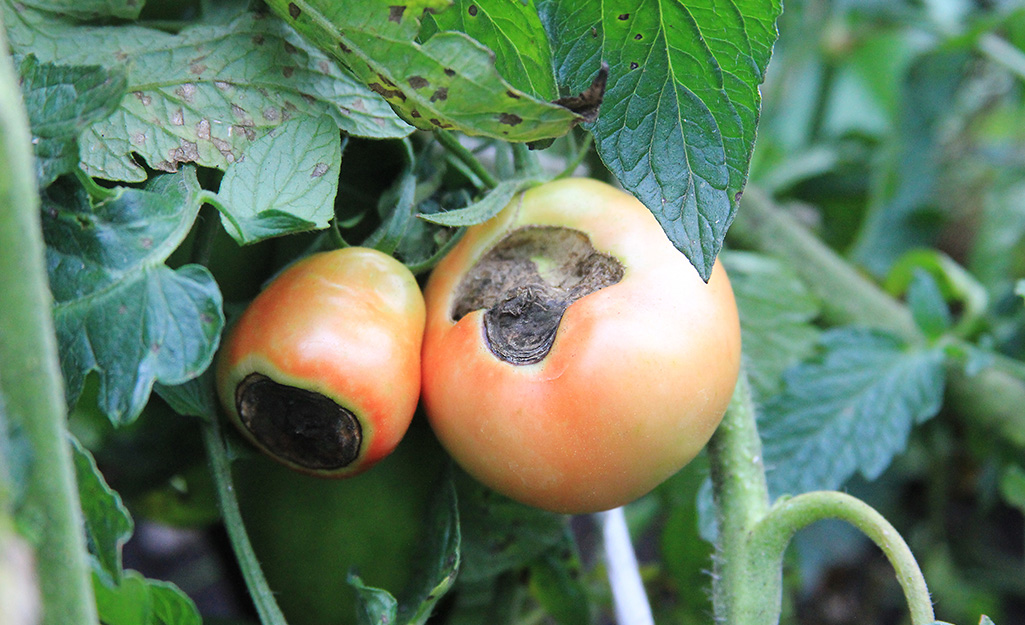
Tomatoes are the most popular edible in the garden and they provide their own set of challenges in summer heat. For example, tomato fruit may show pale, leathery patches that pucker when they should be ripening. That's sunscald and can be prevented with a shade cloth.
Soft, brown spots on bottoms of tomatoes (as shown above) indicate blossom end rot, a problem caused by a deficit of calcium and irregular watering. To prevent blossom end rot, add plenty of organic matter and water consistently. If your soil is acidic, add lime to adjust the pH.
Soaring summer temps can bring your previously productive tomato plants to a halt. The problem occurs when daytime temperatures hit 85 degrees Fahrenheit and nighttime temperatures exceed 75 degrees Fahrenheit. These too-warm temperatures mean that tomato flowers will fail to pollinate and then drop.
You can ride out the heat wave, giving plants every opportunity to cool off with fresh mulch, a shade cloth and sufficient irrigation. When the thermometer drops again, production will increase. Next year, look for heat-resistant varieties like Heatmaster, Solar Fire, Summer Set, Florida 91 and Phoenix.
Keep in mind these tips for watering tomato plants:
- Early morning is the best time to water. If you must water during the heat of the day, water only the base of the plant.
- Water once a week consistently to keep produce flowering, tomatoes from cracking and leafy plants from bolting.
- Check how much water your garden is getting by using a rain gauge. Or, stick your finger an inch into the soil. Water if dry.
Succession Planting
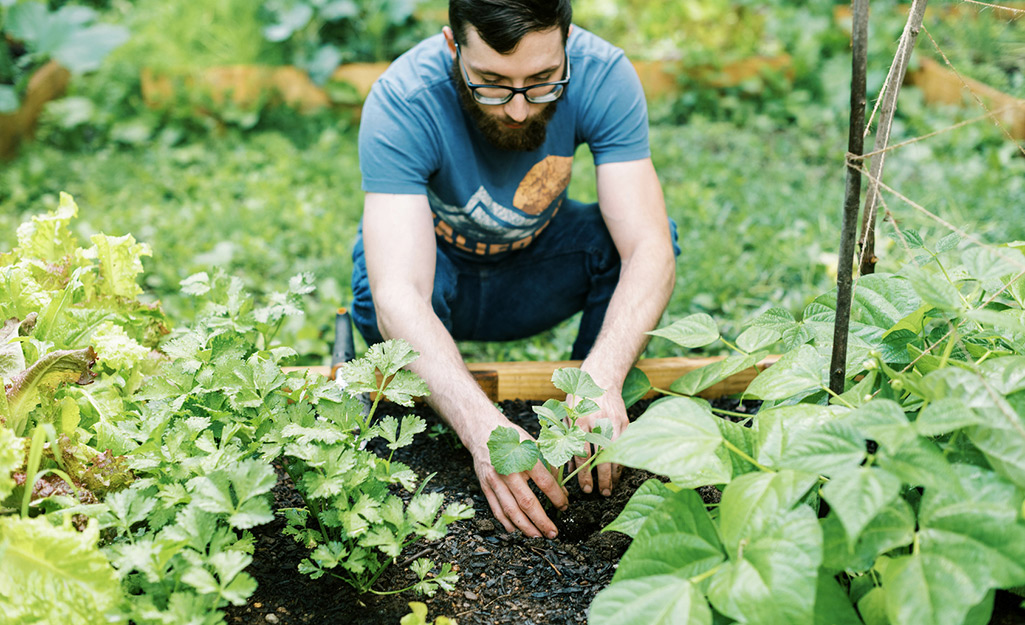
When you plan your garden well, you will hit your stride mid-summer and can maximize your yield with succession planting. This technique requires planting small amounts of seeds over a period of time to get harvest over a longer period of time. Lettuce, radishes and carrots are often grown this way, with successive crops seeded every week.
In the north, the climate is temperate enough to allow for unbroken succession plantings through summer. Southern gardeners will take a break during the hottest months of July and August, but can over-winter some crops instead. Learn more about transitioning your garden into fall with succession planting.
Decide on a Garden Size
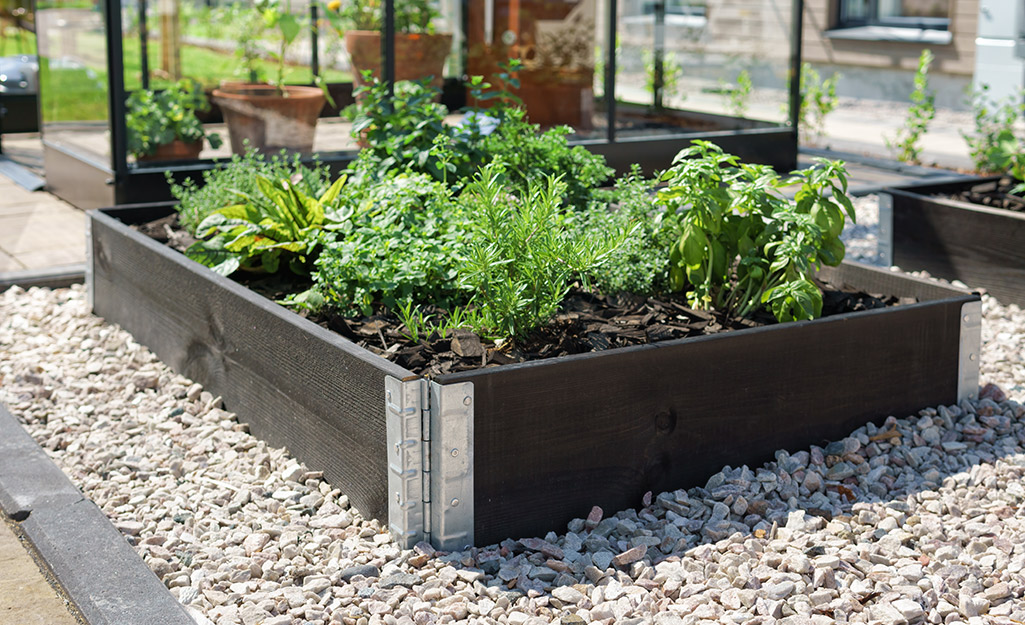
A vegetable garden can be low-maintenance, but it still needs daily tending and care. If you’re just starting out, keep your vegetable garden small for the first year or two. The ideal starter veggie plot is about 4 by 8 feet. If you want to start out smaller, plant vegetables in deep planters and herbs in window boxes or pots. Getting used to growing vegetables from scratch will give you the confidence to expand your garden each year.
Pick Your Plants
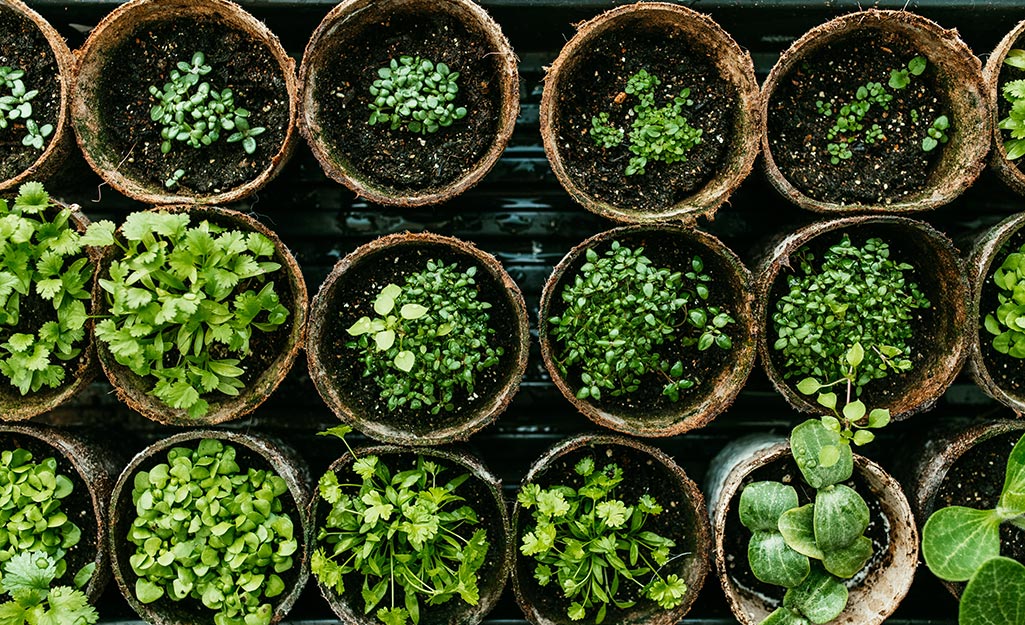
When starting out, pick four to five vegetables and herbs and focus on growing them well. Trying to cram too many plants into a small space can lead to smaller crops. Cucumbers, tomatoes, peppers, beans and squash are great vegetables for beginners. Basil, thyme and oregano are hearty herbs that grow easily. As you get more experienced in the garden, add new plants to make a more versatile garden space.
Provide Enough Light
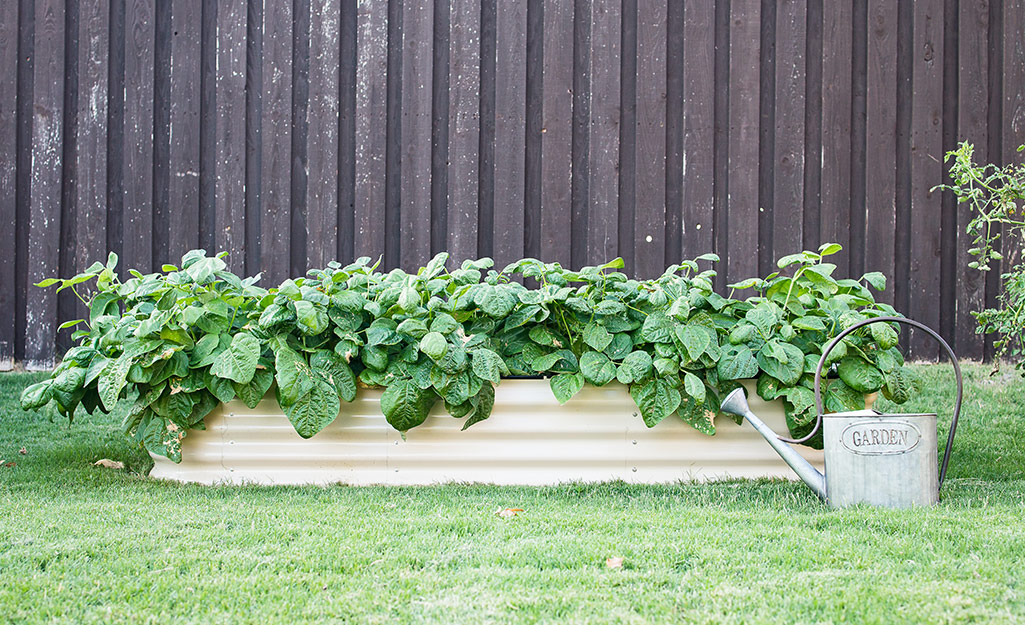
Most fruit-bearing vegetables need a lot of sunlight to thrive. Pick a spot in your yard that gets at least eight hours of direct sunlight per day for a summer garden. Tomatoes, cucumbers, squash and peppers produce more veggies the more sun they get. If your yard doesn’t get that much sun exposure, plant leafy crops and herbs instead. Lettuce, beans and spinach can get by with just around four hours of light each day.
Keep Your Soil Healthy
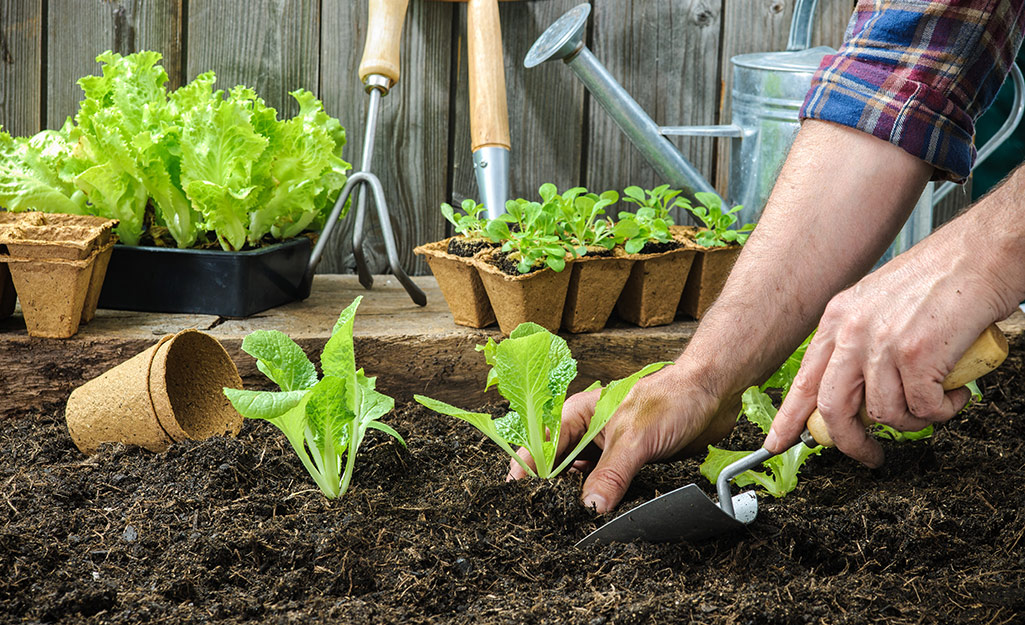
Healthy soil is the key to successful vegetable gardening. Knowing your soil’s fertility and pH will help you find the right fertilizers or add-ins to make your soil rich and ready for veggies. For a mid-season garden, adding compost restores your soil with new nutrients to help your plants grow strong and healthy. Purchase premade compost or buy a compost bin to keep near your garden.
Slow-release fertilizers are also a great way to extend the health of your soil all the way to harvest season.
Before you plant anything, clear the area of rocks, weeds and debris. Use a hoe or tiller to loosen the soil to a depth of around eight to 12 inches.
Use More Mulch
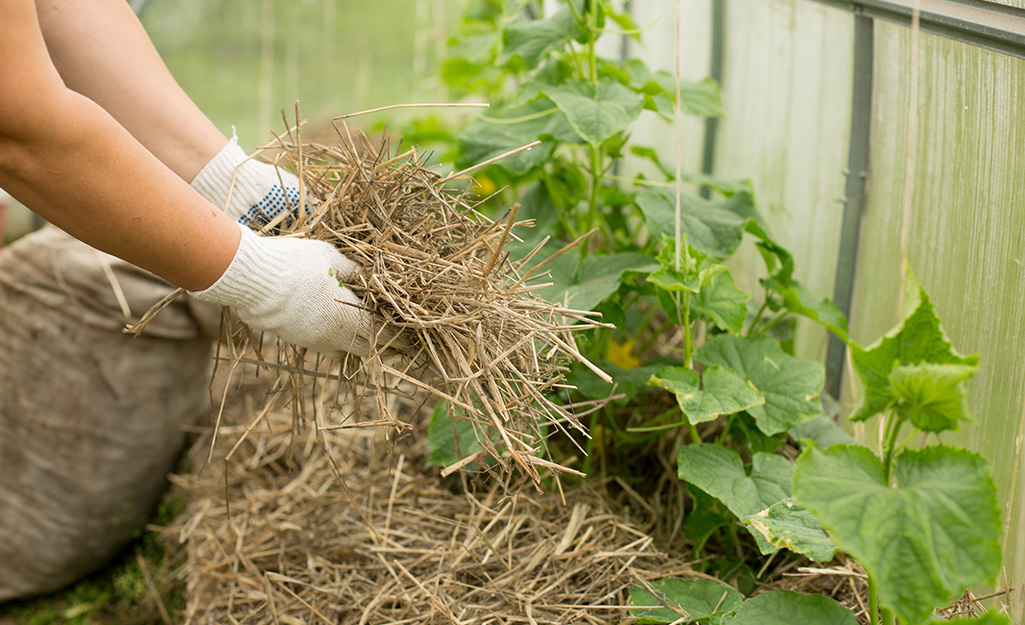
Mulch is a miracle worker in your vegetable garden. A two to three-inch layer of mulch suppresses weeds, cools the soil and holds in moisture. Wood mulch fights drought because it slows evaporation. Weeds won’t have the chance to compete for water, stopping them in their tracks.
Choose organic mulch without any add-ins or dyes so you don’t introduce harmful ingredients to your soil. Look for organic mulch for your edible garden, or make your own mulch from shredded leaves and grass trimmings.
Tip: Find out how much mulch you’ll need to cover your vegetable garden using the Mulch Calculator.
Use Less Fertilizer
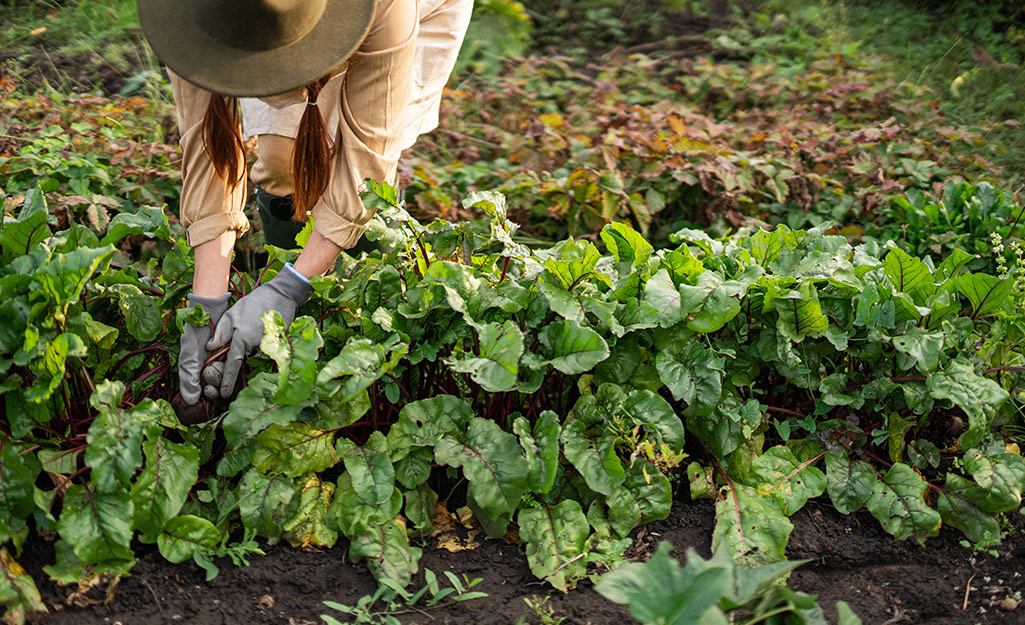
Fertilizer promotes plenty of lush green growth. The nitrogen in most fertilizers lets plants capture more energy from sunlight. But too much fertilizer can end up creating a smaller yield of vegetables. Overusing fertilizer can also harm your soil, making it difficult to correct for the following season.
Mix fertilizer with organic compost you produce in a compost bin. The compost and fertilizer will work together to feed your plants the just-right amount.
Identify insects, pests and weeds in the Weed, Pest and Problem Solver tool. Whether you need the right planters, seeds or potting soil, The Home Depot delivers
online orders
when and where you need them.






